
Why the Drying Process of Bananas is Necessary?

Bananas are highly perishable due to their high moisture content and therefore very susceptible to postharvest losses during handling, transportation, and storage. Thus, it is of great importance to use an appropriate process method to reduce the losses.
The drying process is one of the alternative ways to preserve food quality and increase its value. The objective is the removal of water to a level which prevents deterioration. The major motives are an extension of shelf life and reduction in volume.
Drying process of banana is a process involving simultaneous heat and mass transfer. During the banana drying process, moisture in bananas diffuses from the internal to the surface and evaporates into the air stream; meanwhile, heat is transferred from the air to bananas. When moisture is removed, the volume of bananas decreases.
Various Drying Methods of Banana

Sun Drying Process of Banana
Traditional sun drying takes place by laying the banana under direct sunlight. Sun drying is cheap, but the product obtained is often of inferior quality due to contamination by dust, insects, animals, and rain. Also, direct exposure to sunlight causes the loss of vitamins and unacceptable color changes.
Solar Drying Process of Banana
Using solar energy for food drying is environmentally friendly and economically feasible. Compared with sun-drying, solar dryers generate higher air temperatures and lower relative humidity, which results in shorter drying time and lower product moisture content. The method also protects the banana from contamination due to the higher temperature and enclosed structure. The finished product is of better quality.
Hot Air Drying Process of Banana

Hot air drying is the most commonly used drying method for food preservation and has been widely applied for drying bananas. However, due to the low thermal conductivity of banana, this method always results in low efficiency of heat transfer, which renders low energy efficiency and long drying time. The quality of the dried product is often reduced in terms of color, rehydration ratio, texture, and other characteristics.
Vacuum Drying Process of Banana
Vacuum enables moisture contained in the food to evaporate at a lower temperature, which gives better product quality, especially for foods which are heat-sensitive in nature. In addition, vacuum drying can help prevent oxidation since there is no air in the environment. Products dried by vacuum driers sustains better color, texture, and aroma compared to those that were air-dried.
Freeze Drying Process of Banana
For freeze-drying, the absence of liquid water and low temperature render a finished product of excellent quality with minimal reduction of volume. However, freeze drying is expensive and time-consuming for manufacturing dehydrated products.
Microwave Drying Process of Banana
Under the microwave field, microwave energy is mainly adsorbed by water polar molecules inside the food material. The polar water molecules tend to align themselves according to the electric field as they alternate at very high frequencies. Heat is produced due to friction between oscillating molecules, which results in rapid evaporation of water. Compared to conventional hot air drying, microwave drying results in high thermal efficiency, shorter drying time and improved quality of the finished product.
Osmotic Dehydration of Banana
Osmotic dehydration is initially started with partial removal of water by immersing in a concentrated solution of osmotic agents such as sugar and salt. Water/solutes diffuse from and into the material through a semi-permeable cell membrane, which allows water to pass through them more rapidly than sugar. The fruit is subsequently dehydrated in the air drier where moisture content is further decreased. Osmotic dehydration minimizes heat damage to the flavor, aroma and nutritional content of the product, prevents color changes and reduces the loss of volatile compounds.
Spray & Drum Drying for Making Banana Powder & Banana Flakes

Spray drying process by spray drying machine is mainly used for drying banana fruit to produce the banana powder. During spray-drying, the feeding flow of the particulate fluids is sprayed into hot air to produce dried particles. This method features rapid drying speed. By drum drying, the banana pulp is dried into flakes by applying in thin layers onto the outer surface of drum which is heated by steam, and then further dried in a tunnel or cabinet dryer to 2% moisture content. The flakes are then pulverized to make powder. Drum dryers normally have high energy efficiency.
Banana Drying Equipment
Hot air banana drying oven
Hot air oven is for hot air drying of various materials including banana. The cabinet dryer uses steam or electricity as heat sources and axial flow fan for forced ventilation. Foods are placed in the trays and the trays are put on the trolley, then push into the drying room for drying. The circulation system is fully closed, most air circulates in the oven, having high thermal efficiency and saving energy. Forced ventilation combining with adjustable air distribution plates achieves temperature balance in the oven, enabling the foods to be dried evenly.


Microwave banana drying machine
Microwave drying machine adopts microwave to dry the foods, having rapid drying speed and uniform drying effect. Thermal effect and non-thermal effect works together, achieving sterilization at low temperature and short time, the flavor and nutritional components of food are retained to the maximum. Microwave works directly on the food, there is almost no other heat loss, having high thermal efficiency and saving energy. The machine is highly automatic and easy to control.


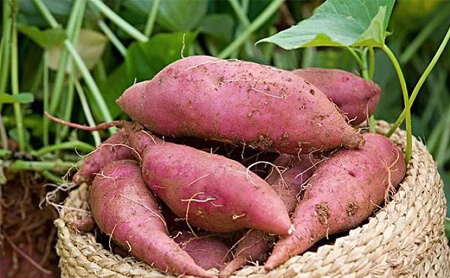

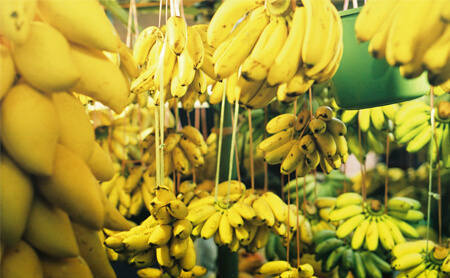



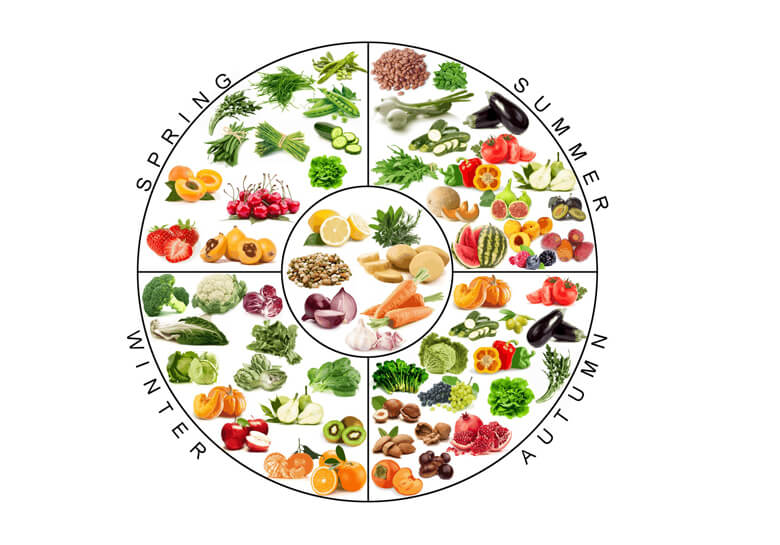
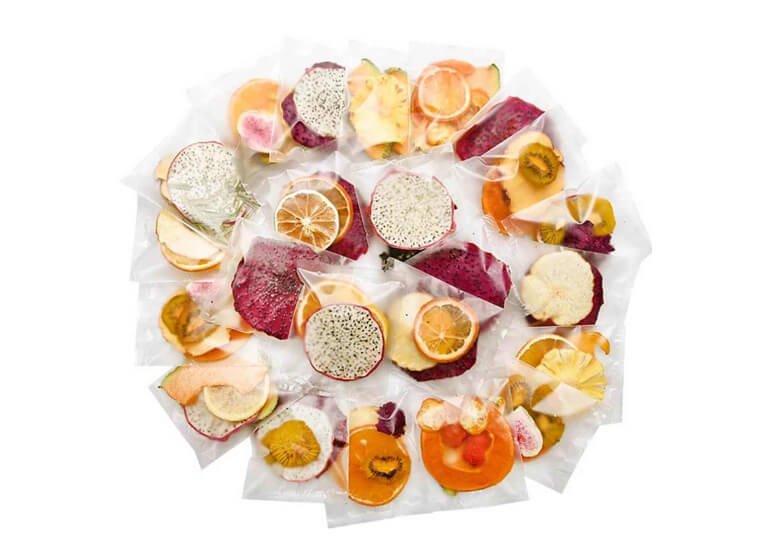



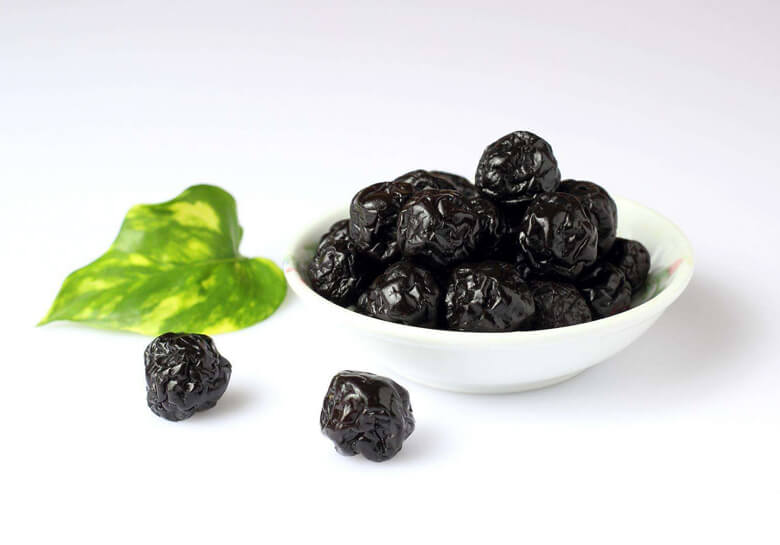
Leave A Comment